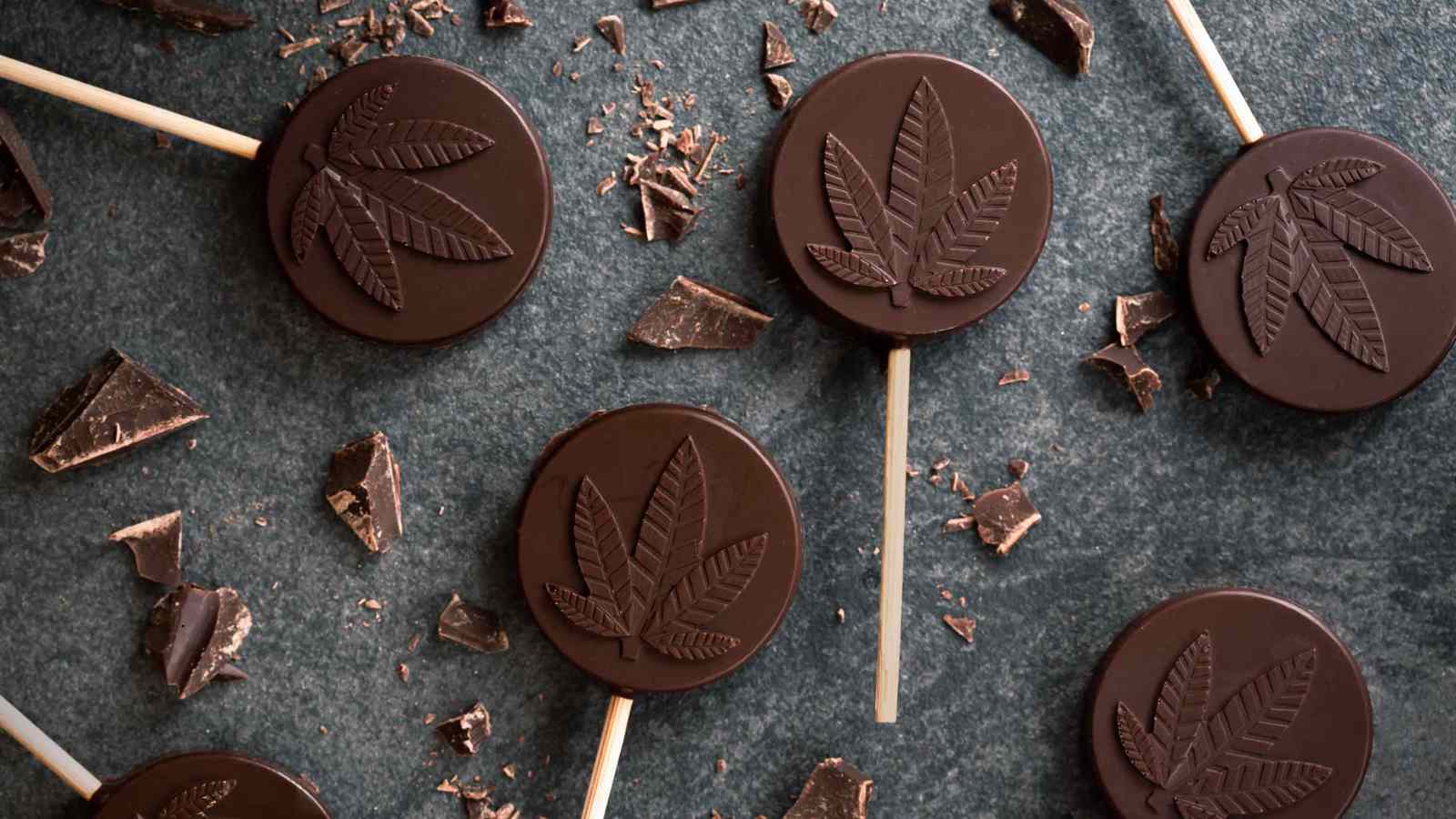
Measure the texture of foods containing CBD
Learn how to keep texture optimised when you formulate with cannabis included.

Opportunity in foods containing CBD
We are seeing a fundamental shift in consumers’ mindset that food can improve their wellbeing and play a role in preventing chronic disease. The convergence of food and healthcare is still nascent and is a widely undefined sector. It goes beyond better-for-you products and really explores the clinical and pharmacological impact of food and food derivatives. There are many opportunities in this sector which could be seen as a highly complementary addition to the existing healthcare system.
For example, until recently, CBD was available in forms with a pharmaceutical emphasis, such as tablet supplements, skin gels, vapes or combined with a base oil such as coconut or olive. Possible benefits of CBD include appetite control, anti-stress, anti-anxiety, antioxidant, ant-arthritic and anti-inflammatory effects. Increased consumer awareness of CBD has opened the doors to a plethora of new dosage forms known as CBD Edibles where CBD is found included in food and drink products. “Edibles” remain one of the fastest-growing categories of CBD-containing consumer products, with the global CBD edibles market projected to reach $52.4 billion by 2034, growing at a compound annual growth rate (CAGR) of 16.8% from 2025 onward. This surge is driven by expanding legalization, rising consumer demand for plant-based wellness solutions, and increasing product innovation across gummies, beverages, and baked goods.
CBD can now be found included in products such as coffee, cake, croissants, beverages and pet treats as well as the more obvious gummies, tablets and vapes. Additionally, chefs are including CBD as a novelty ingredient on their restaurant menus. Incorporating CBD is a challenge in many foods due to its strong, earthy and bitter taste. Therefore, it is usually found in foods with a similar flavour pallet, such as chocolate and coffee.
Texture challenges associated with CBD-infused foods
As the CBD edible market grows globally, product quality and consumer acceptance hinge on texture. Including CBD can alter:
- Firmness
- Consistency
- Crispiness
- Bite force
Sensory quality, especially texture, often drives repeat purchase - ignoring it puts product success at risk.
How texture analysis supports CBD food innovation
Reliable, objective texture measurement is essential through R&D and quality control stages. A Texture Analyser can:
- Measure tensile and compressional properties of ingredients and finished foods
- Apply tests such as compression, tension, extrusion, adhesion, bending, and cutting
- Deliver data on firmness, stickiness, consistency, in addition to bite force
Choose from a range of Texture Analysers and customise with probes and attachments optimised for your product type.
Examples of how Texture Analysers have been applied
Researchers at Åbo Akademi University in Finland developed innovative medical cannabis edible pharmaceuticals (DEEP) using inkjet printing of cannabinoids. Their work involved layering different doses of CBD and THC and required texture testing with a TA.XTplus Texture Analyser to ensure product consistency and stability over weeks. This high-tech approach promises advances in pharmaceutical supply chains and edible cannabis dosage control. Read more
Though texture analysis research in CBD foods is still emerging, the growing market is poised for rapid development and innovation.



